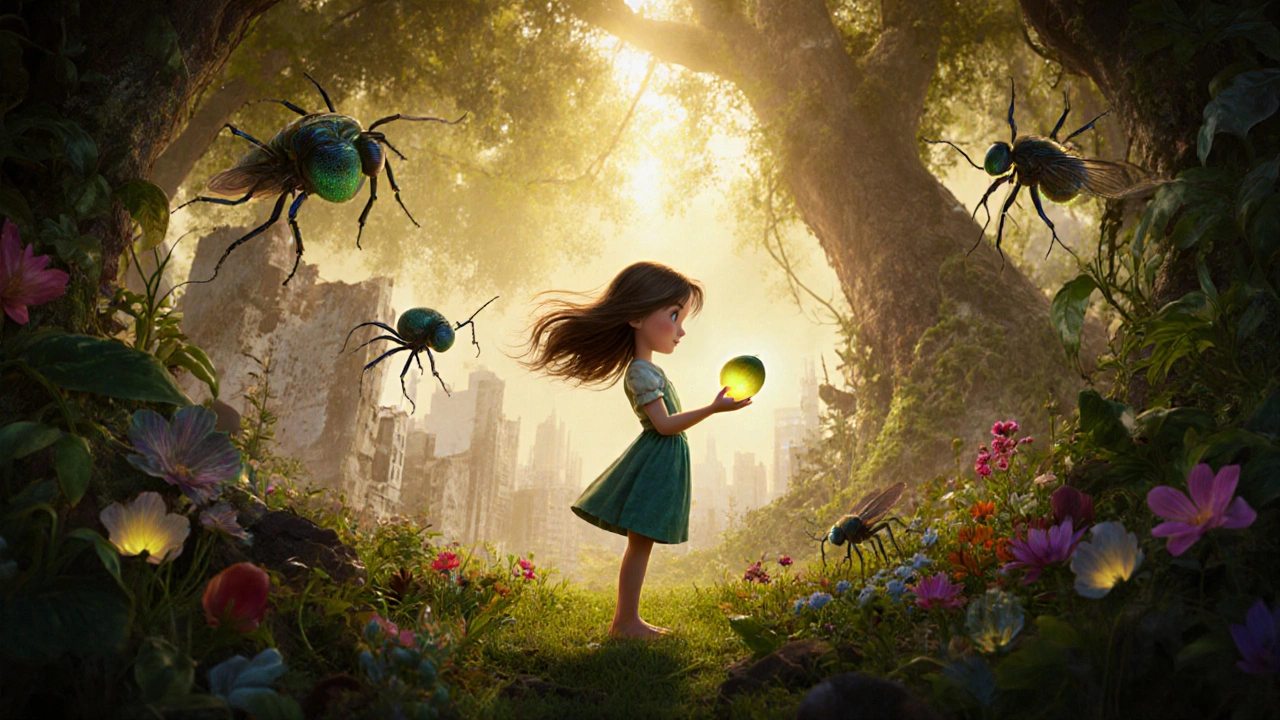Flight in Animation: How Movement Defines Story in Animated Films
When a character takes flight in an animated film, it’s never just about moving through the air—it’s about flight in animation, the deliberate use of upward motion to express emotional release, liberation, or transformation in animated storytelling. This isn’t physics—it’s psychology made visible. Whether it’s a child floating away on balloons or a dragon carving through clouds, flight becomes a visual metaphor for breaking free—from fear, from limits, from the ground of ordinary life. You don’t need wings to fly in animation. All you need is a moment where gravity stops mattering and the audience feels it in their chest.
motion in animation, the way movement is designed to carry emotion and meaning beyond mere action is the real engine behind every great animated flight. It’s not about how high or fast a character goes—it’s about how the animators make you believe they’ve left something behind. Think of Dumbo’s first flight: no CGI, no wires, just a single feather trembling in the wind, and suddenly, the whole world changes. That’s the power of character flight, a narrative device where a character’s physical ascent mirrors their internal journey. It’s why Pixar’s Up opens with a silent montage of a lifetime, then lets a house lift into the sky—not because it’s magical, but because it’s the only way to show love that won’t let go.
And it’s not just about heroes. In Spider-Verse, Miles Morales doesn’t just swing—he stumbles, fumbles, and finally soars because he learns to trust himself. In Howl’s Moving Castle, flight isn’t escape—it’s rebellion. Even in short films, a single bird taking off can carry the weight of an entire story. These moments aren’t accidents. They’re built with precision: timing, weight, speed, and silence. animation techniques, the tools and methods animators use to make movement feel alive, from squash and stretch to overlapping action turn simple drawings into feelings you can’t put into words.
What you’ll find below are films and scenes where flight isn’t just a spectacle—it’s the heart of the story. You’ll see how animators use motion to show grief, joy, fear, and triumph without saying a word. No magic wands. No special effects. Just movement, carefully shaped to make you believe in something impossible—and feel it like it’s real.
Hayao Miyazaki's films blend environmental myth and the liberating power of flight to explore humanity's relationship with nature. Through hand-drawn worlds, he shows that healing isn't about winning-it's about seeing.
View More

